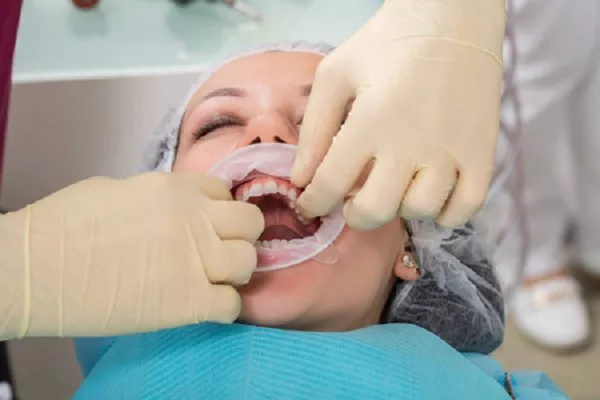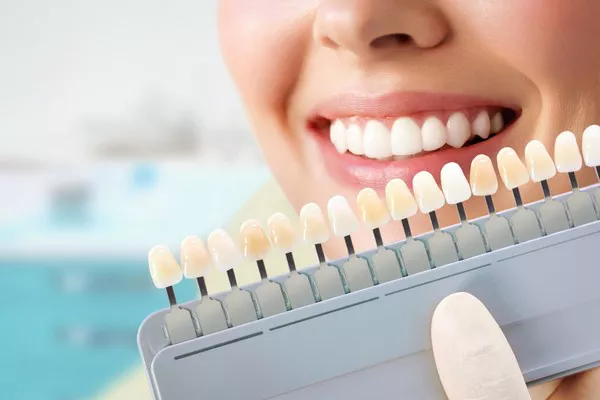The notion of teeth continuing to grow throughout one’s life is a common misconception that has persisted for generations. While it’s true that teeth undergo changes as we age, the idea that they grow like hair or nails is not accurate. In this article, we’ll delve into the fascinating world of teeth, exploring their growth and development from childhood through adulthood, dispelling myths about never-ending growth, and shedding light on the natural processes that shape our smiles.
The Basics of Tooth Development
To fully understand whether teeth keep growing, it’s essential to grasp the basics of tooth development. Teeth form during fetal development and continue to erupt throughout childhood, typically between the ages of 6 months to 3 years. By the time we reach adulthood, our set of permanent teeth has largely emerged, comprising 32 teeth in total, including molars, premolars, canines, and incisors.
Teeth Growth vs. Eruption
Teeth growth and tooth eruption are two distinct processes often confused with each other. Tooth eruption is the process by which teeth emerge from the gums and become visible in the oral cavity. This process occurs primarily during childhood and adolescence as the primary teeth (baby teeth) are gradually replaced by permanent teeth. Tooth growth, on the other hand, refers to the development of teeth within the jawbone during the early stages of life, particularly before birth and in the early years of childhood.
The Myth of Continuous Growth
The idea that teeth keep growing throughout a person’s life like hair or nails is a misconception. Once the permanent teeth have erupted and settled into their designated positions, their size and shape remain relatively constant. Unlike hair or nails, teeth are not actively growing structures that continuously lengthen.
Natural Changes in Tooth Structure
While teeth don’t undergo the kind of growth that involves getting larger, they do undergo natural changes over time:
1. Wear and Tear: The act of biting, chewing, and grinding over the years can lead to a certain amount of wear on the surfaces of teeth. This can result in changes in tooth shape and size, but not in the sense of continuous growth.
2. Erosion and Decay: Acids from foods and beverages, as well as poor oral hygiene, can contribute to enamel erosion and tooth decay. These processes can alter the structure of teeth, leading to changes in appearance and functionality.
3. Gum Recession: Gum recession, often associated with age or poor oral hygiene, can expose more of the tooth’s root surface. This can give the appearance of longer teeth, but it’s due to the exposure of existing tooth structure, not new growth.
4. Teeth Shifting: As we age, our teeth might experience slight shifting due to factors like changes in bite, missing teeth, or the natural relaxation of the supportive tissues.
Managing Changes and Aging Teeth
While teeth don’t grow like hair or nails, they do undergo changes as part of the natural aging process. To maintain optimal oral health and address the effects of wear and tear, erosion, and other factors, consider the following tips:
1. Maintain Good Oral Hygiene: Brush your teeth twice daily, floss regularly, and visit your dentist for professional cleanings and check-ups.
2. Balanced Diet: Consume a balanced diet rich in vitamins and minerals to support oral health. Limit sugary and acidic foods and beverages.
3. Wear Mouthguards: If you grind your teeth at night (bruxism) or play contact sports, wearing a mouthguard can protect your teeth from damage.
4. Treat Gum Recession: If gum recession is an issue, consult your dentist to explore treatment options and prevent further exposure of the tooth’s root surface.
5. Regular Dental Check-ups: Regular dental visits allow your dentist to monitor changes in your teeth, address concerns, and provide guidance on maintaining your oral health.
Conclusion
The idea that teeth keep growing like hair or nails is a myth. Once permanent teeth have erupted, they do not continue to grow in the same sense. However, teeth do undergo changes as part of the natural aging process, including wear and tear, erosion, and shifting. These changes highlight the importance of maintaining good oral hygiene practices, a balanced diet, and regular dental care throughout life. By understanding the true nature of teeth development and changes, individuals can make informed decisions to preserve their smiles and overall oral health for years to come.
Related Topics:




























